Of all the things I blog about, anime is the primary thing I have been shying away from lately. Introducing a new answer to the “I can’t think of anything to blog about, but I also don’t want to double down on Aleatory Alliance” dilemma: Anime from Left Field. I’ll arbitrarily choose three to five series that have held my interest for at least one season and, for each of them, provide an overview ranging in length from a sentence or two to a quasi essay. That’s the whole description, so here comes this installment.
Sleepy Princess in the Demon Castle
A subversion of the ubiquitous “hero and demon lord” fantasy trope where a kidnapped princess finds ways through her cuteness, wit, and inhuman feats to steadily improve her living conditions so she can sleep her best sleep while painstakingly awaiting her hero. At first, I found the princess’s appearance uncanny, but I ultimately warmed up to the character in light of her actions and demeanor, and the demon castle residents support the lighthearted comedy aspect well. All in all, it is what I call “surprisingly good,” enough so for a solid 9/10 by my standards, primarily as a sort of lesson on the importance of sleep.
The Journey of Elaina
The difference between self-confidence and egoism is having something to flaunt and keeping it in moderation. This is my dividing line between characters like Elaina and characters like Goldmary from Fire Emblem Engage.
The titular character, after going through rigorous training to become autonomous at a young age, travels her fantastical world in a bid to witness all its joys and sorrows. It’s mostly a thing of beauty with traces of mystery and light conflict, although episode 9 is straight-up nightmare fuel. At least they have a disclaimer at the beginning, but it only scratches the surface of the horrors that lie in wait. (Hints: creepy demon girl, bloody) 7/10 overall.
(Also worth noting that Elaina is voiced by Kaede Hondou, the voice of Maple from Bofuri)
The Strongest Sage with the Failed Crest
(Shikkakumon no Saikyou Kenja)
Most of this is stockpiled from last year (for uh…reasons), hence the “quasi essay” below while just about everything else is hastily compiled within an hour or two of this post’s “due date.”
Gaius the sage reincarnates a thousand years into the future as Matthias Hildesheimer, a mold-breaking existence in an era corrupted by unexpected demonic intervention. On one hand, it might seem like a good chunk of the conflicts are resolved too easily. On the other hand, two of the heroines stood out among the three whom Matthias befriended while living his best life. These heroines also happen to look like Hololive members: Watson Amelia and Hakos “Bae” Baelz.
Lurie Aventrot, the Amelia look-alike, swiftly becomes a classic example of a modest, yet the primary, love interest for a dense comrade. Sometimes she breaks her own mold because it’s a very “Matty-kun” thing to do. Best of all, her outfit, consisting of a pleated skirt with thigh-high black socks, is some of the best eye candy that the series has to offer. This doesn’t say much, admittedly, which leads me to a genuine if not frivolous gripe about the series: Little to no attention is drawn to the skirt, even with the presence of implied nudity and moments where Lurie leaps around in public places.
As for the Bae look-alike, her name is Iris, a darkness dragon with a human form that she finds difficult to use without causing minor inconveniences for her party. Not only is she leagues better than another Iris I know (hint: both Is are soft), but I would go as far as to consider her one of the top three characters of the year, primarily because she embodies everything I know and love about Shiori Izawa. This voice actress is the one behind two of my favorite characters of all time, Mega Drive and Saya Sasamiya, although I suspect that she is more accustomed to goofy voices such as those of Tanpopo Kuraishi from Witch Craft Works, Azuki from Nekopara, and Nanachi from Made in Abyss. As it happens, the voice of Iris is in line with the norm, but what distinguishes this particular character is her aloof neutral expression that somehow brings Saya to mind. Moreover, when I read 56 chapters of the manga after watching the anime, I came to relate to her inability to pay attention during information overload moments.
(The third heroine is Alma Lepsius. While middling by contrast, this tomboy makes a good third wheel for Matthias and Lurie, and she shows off some interesting forms of archery.)
The only thing left of note is that the final boss of the season, Zardias, has the Dio voice courtesy of Koyasu Takehito (whom I personally associate more with Roswaal from Re;Zero). So, I’ll summarize what I think of the series: It’s a kind of mindless fun akin to a Rube Goldberg machine—the process looks elaborate, but the conclusion makes it seem simple. Overall, 7/10.
The Lucifer and Biscuit Hammer
Presenting a tad more stockpiled content. About ten years ago, I was the type to actively seek “ecchi” manga (not that I can say I have entirely shrugged off this mentality), and this unusual title popped up on my radar. I actually wound up liking it for what it was, not just the few moments of indecent exposure, so it took me by pleasant surprise to find that it was finally being adapted. Too bad the result has severe tones of mediocrity that even I cannot deny. I mean, it’s one thing for them to shy away from Samidare’s panties and more from Hisame (the other Asahina), but the adaptation as a whole just looks and sounds so behind the times, it would have been better off ten years ago.
Yuuhi Amamiya, the “just like me fr” character, is somewhat ruined by sounding like Naoya Mukai from Girlfriend, Girlfriend (Kanojo mo Kanojo)* and being less curt in his response to being called out for his first “lucky perv” happening. His animal companion, Noi Crezant (or Neu Crescent, or whatever you want to call him), may be voiced by Kenjirou Tsuda, but it is the most scuffed role I have ever heard from him. (Granted, it gets less scuffed towards the end of the anime.) Also, Yoshitsugu Matsuoka has a rather unorthodox role. On the flip side, Samidare is voiced by Naomi Oozora, also known for her roles as Satania from Gabriel Dropout and Kiriha from Tsugumomo; can’t go wrong with a unique talent like that.
*But hey, at least it’s not the most that this voice has ruined a character. That distinction has been overtaken by Shinji Enomoto from the currently airing anime Liar Liar.
Despite its shortcomings, the animation proved worthwhile as a refresher for a story that I mostly glossed over while retaining only a few bits and pieces, and it was not devoid of pleasant surprises, whether adaptation-exclusive or unusually absent from my memory. Overall, a 6/10 adaptation of a 4/5 manga.
The Legendary Hero Is Dead
Shion Bladedarts is the hero in question, and a pitfall trap made by a perverted farmer boy named Touka Scott was the cause of his death. This seemed to Touka like a “Peaceful living, here I come!” kind of event, but little did he know that a necromancer girl named Anri Haynesworth would give him the body of the hero, leading to a series of KonoSuba-esque events where he balances out acting in place of the hero (despite his much lesser power level) and seeking fetish fuel.
The fetish in question is thighs in knee socks, which he simulates using daikon radishes that he harvests as a farmer. In fact, most of this series is about fetishes, what with Kyle Osment being a nudist, Leland Tolman being obsessed with bones, and Diego Valentine being a battle maniac. If I had to say what my fetish was, it would be the involuntary exposure of undergarments (or a lack thereof), which the series has in spades.
Before this gets too out-of-hand (if it hasn’t already), it goes without saying that I should mention the heroines besides Anri, the happy-go-lucky cinnamon roll type who sometimes proves to be a handful even beyond making Touka more of a hero than he ever wanted to be. Yuna Yunis, the tomboyish childhood friend who plays hard-to-get, is basically the Noire of the series: of undeniable importance, but a low-hanging fruit in terms of picking favorites. Marguerite (or Margaret) Farom, originally Shion’s fiancée, falls for Touka as a result of heroism eclipsing the front he has to put up for her sake. While primarily the sheltered princess type, she takes after her father figure Isaac Gardner, and her main charm is being too good for Touka, especially during the Diego arc when she has to take the place of Yuna as the number-one tsukkomi to Touka’s boke.
Much like the sleepy princess, Anri is an uncanny-at-first sort of character to warm up to over time. If not a love interest, she can be considered a partner in crime, even willing to wear knee socks for Touka’s sake despite being told, “They look like sticks.” She and Marguerite are high-tier characters, although I have taken more of a liking to Dorothy, now knowing a truth about her in Chapter 83 of the manga. [She originally lived as a cat before dying and being revived as a human.] Speaking of the manga, I am 17 volumes in at the time of writing and can say for certain that it gets better beyond the first 6, from which the anime is adapted. I am tempted to rate it 4/5, whereas the adaptation is merely 6/10 (“had its moments”).
(EDIT: All done, albeit more than 1.5 hours late with most of the above overview.)
À la prochaine! (Until next time!)



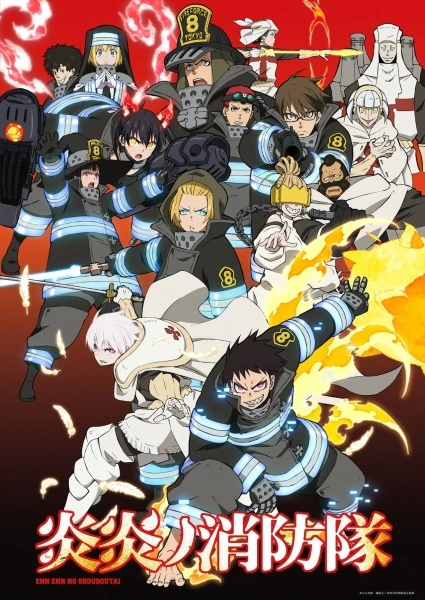








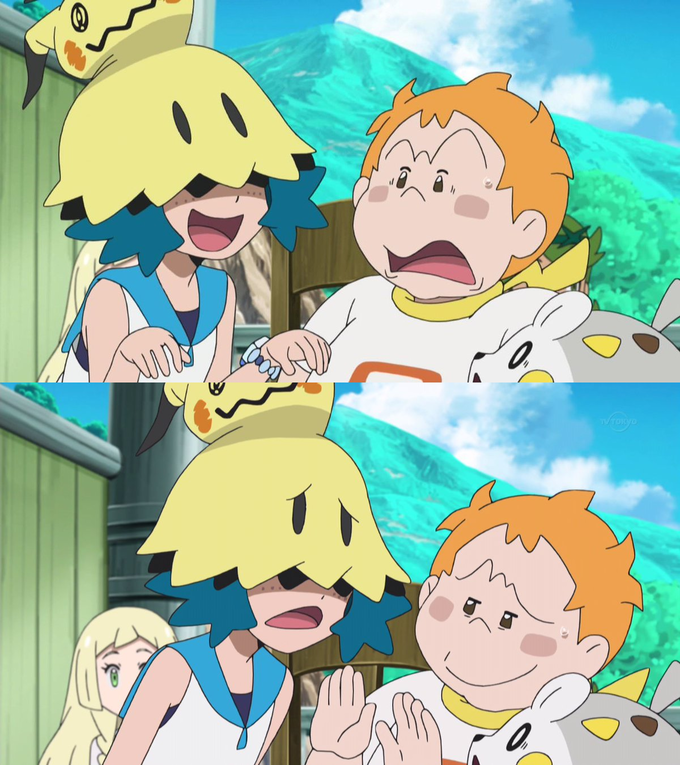

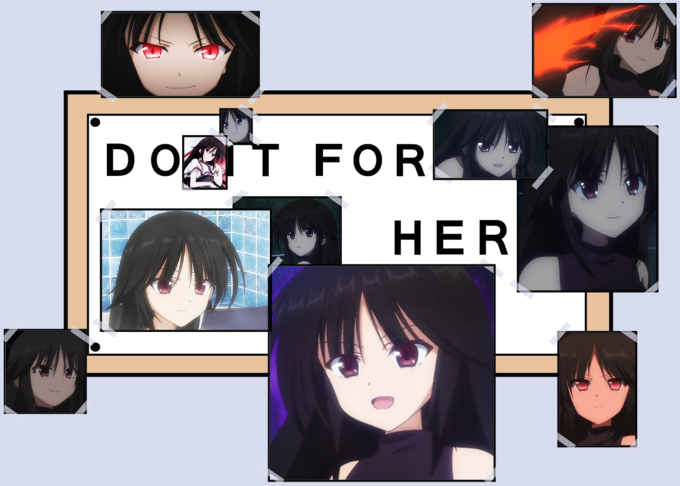














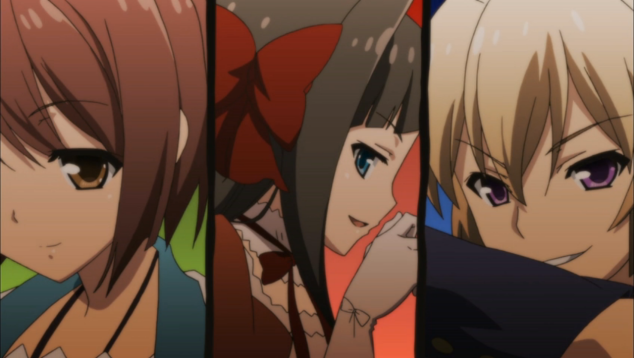




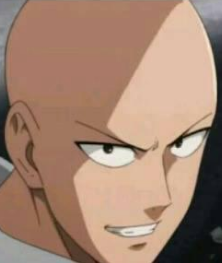

You must be logged in to post a comment.